AMD's Threadripper processors have a unique multi-chip module (MCM) architecture that can affect performance in some applications. AMD has largely eliminated the impact on X Series processors, but the new WX Series processors feature a quad-die design that poses new challenges. Two of the four ones inside the processor do not have directly connected memory controllers (Compute Die), while the other two have direct access to the memory (I/O Die).
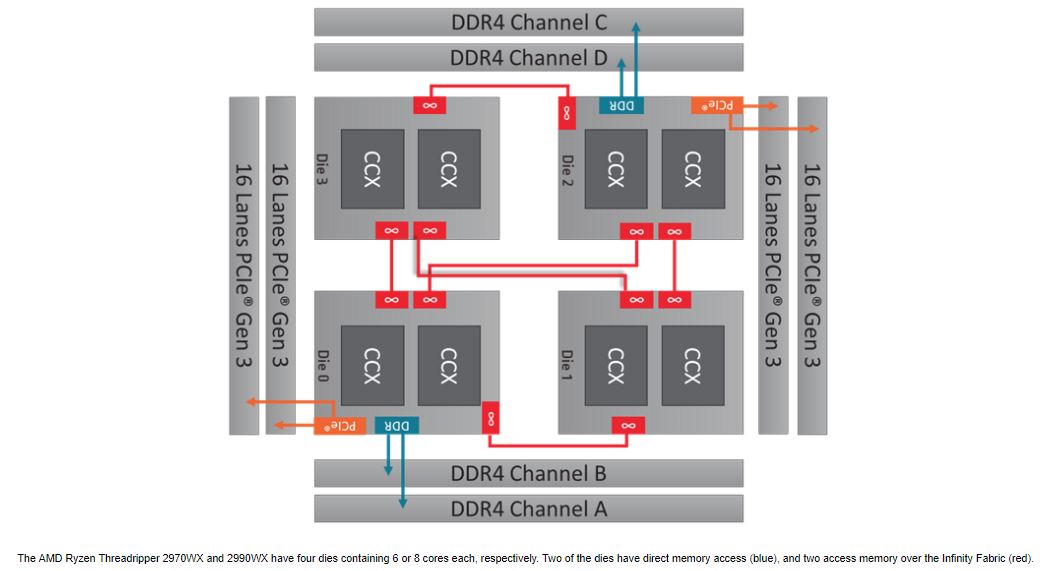
Windows' Round Round Thrun thread planning mechanism tends to remove important threads from direct memory access to important threads, even in unimportant background processes, and move them to the other non-directly connected dies. As a result, moved, memory-intensive applications will then access a different die throughout operation, which of course will affect performance.
AMD originally developed two selectable game and developer modes to cleverly work around some of the challenges. But switching between these modes requires a restart, as in fact half the CPU is switched off and it also provokes other power brakes.
AMD's new Dynamic Local Mode, designed exclusively for the Threadripper 2990WX and 2970WX processors, runs as a background service within the operating system and automatically detects memory-hungry application threads (the top 13 through 16) and assigns them dynamically one of the Dies with local storage controller. Conversely, the service detects threads that are not as sensitive to memory latency and assigns them to the Die without its own memory controller, which is intended to maximize the performance of the processor.
This new implementation in the Ryzen Master tool is transparent to the user and also takes place without rebooting. AMD hasn't quantified the background service's performance overhead, but we've seen the 0.5% processor and 1MB of memory usage in normal use with the Ryzen Threadripper 2970WX. You activate the service in Ryzen Master for the time being, but AMD plans to implement it directly into the chipset in the future.
The program works best with mid-threaded applications, as opposed to applications with less real load and less needed threads. It also ignores highly scalable applications that run on all cores and threads.
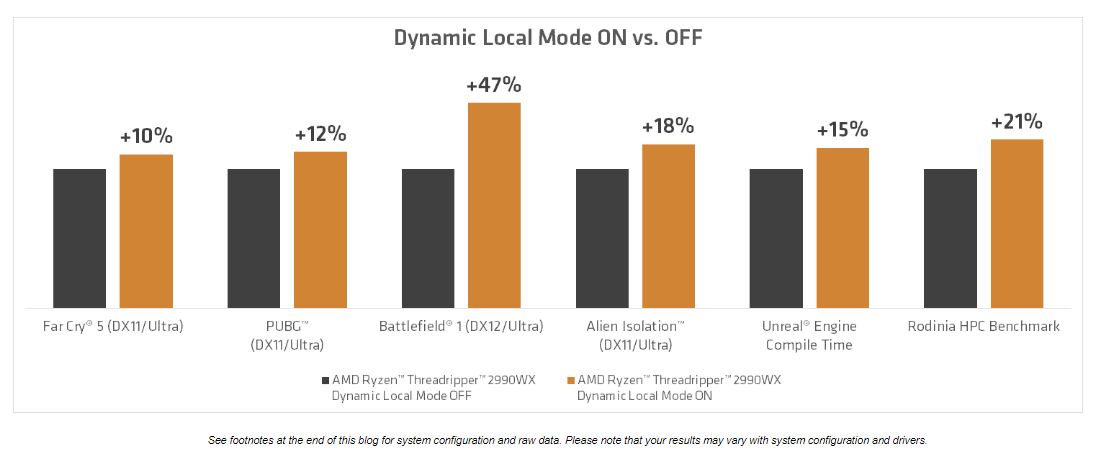
AMD provided the above performance measurements in the slides, but unfortunately did not respond to our questions as to whether these metrics were included in gaming or creators mode. On the following pages we have of course carried out our own tests. With some rather less positive results. In other words, it was like a juicy piece of comb meat, which was very well mixed.
Overclocking
We tested several configurations, but we stayed with Precision Boost Overdrive (PBO) on all of our customized Threadripper WX configurations. This automated overclocking feature, which is directly integrated into the chip, overclocks the processor to the maximum based on the available current, VRM operating environment and thermal headroom.
Due to possible cooling and power limits, we have gone through our entire test suite at default settings and with PBO enabled instead of using a simple, manual overclocking of all cores. Our PBO-enabled configurations benefited from higher storage transfer rates, as shown in the following table. As with any overclocking function, the use of PBO of course extinguishes the warranty.
Test system
We have already described the test methodology of many things in our basic article "So we are testing graphics cards, as of February 2017" in great detail and so we now only refer to this detailed description for the sake of simplicity. So if you want to read everything again, you are welcome to do so.
Of course, the hardware configuration with CPU, RAM, motherboard is different for the individual socket types, while we generally rely on our central cooling system in the laboratory with a potent chiller for cooling.
The mainboard is a MSI MEG X399 Creation, which should prove almost unbreakable even with LN2.
The summary in table form now gives a brief overview of the respective configurations:
| Test systems and measuring rooms | |
|---|---|
| Hardware: |
AMD Socket AM4 (400-Series) AMD Ryzen 7 and Ryzen 5 MSI X470 Gaming M7 AC 2x 8GB G.Skill FlareX DDR4-3200AMD Socket SP3 (TR4) Threadripper 2 MSI MEG X399 Creation 4x 8GB G.Skill FlareX DDR4-3200 RGBIntel LGA 1151 (Z390): Intel Core i7-9900K MSI MEG Z390 Godlike 2x 8GB KFA2 HoF @DDR4-3200Intel LGA 2066 Intel Core i7, Core i9 MSI X299 Gaming Pro Carbon AC 4x 8GB G.Skill FlareX DDR4-3200 All systems: |
| Cooling: |
Alphacool Ice Block XPX Alphacool Ice Age 2000 Chiller Alphacool quick-release fasteners for quick component and cooler changes Aqua Computer aquaero 6 PRO USB Fan Controller, Graphic LCD Aqua Computer flow sensor "high flow" G1/4 Thermal Grizzly Kryonaut (for cooler change) |
| Monitor: | Eizo EV3237-BK |
| Housing: |
Lian Li PC-T70 with expansion kit and modifications |
| Power consumption: |
non-contact DC measurement on the PCIe slot (Riser-Card) non-contact DC measurement on the external PCIe power supply direct voltage measurement at the shunts, the respective feeders and the power supply Reading out the motherboard sensors 2x Rohde & Schwarz HMO 3054, 500 MHz multi-channel oscillograph with memory function 4x Rohde & Schwarz HZO50, current togor adapter (1 mA to 30 A, 100 KHz, DC) 4x Rohde & Schwarz HZ355, touch divider (10:1, 500 MHz) 1x Rohde & Schwarz HMC 8012, digital multimeter with storage function |
| Thermography: |
Optris PI640, infrared camera PI Connect evaluation software with profiles |
- 1 - Einführung und Daten
- 2 - Dynamic Mode, OC und Testsystem
- 3 - Office und Browser
- 4 - Workstation: Endcoding/Kompression
- 5 - Workstation: 2D/3D Grafik
- 6 - Workstation: Compute and Rendering
- 7 - VRMark, 3DMark, AotS: Escalation, Dawn of War III
- 8 - Far Cry 5, GTA V, Hitman
- 9 - Shadow Of War, Project CARS 2
- 10 - Temperaturen
- 11 - Leistungsaufnahme
- 12 - Fazit und Zusammenfassung















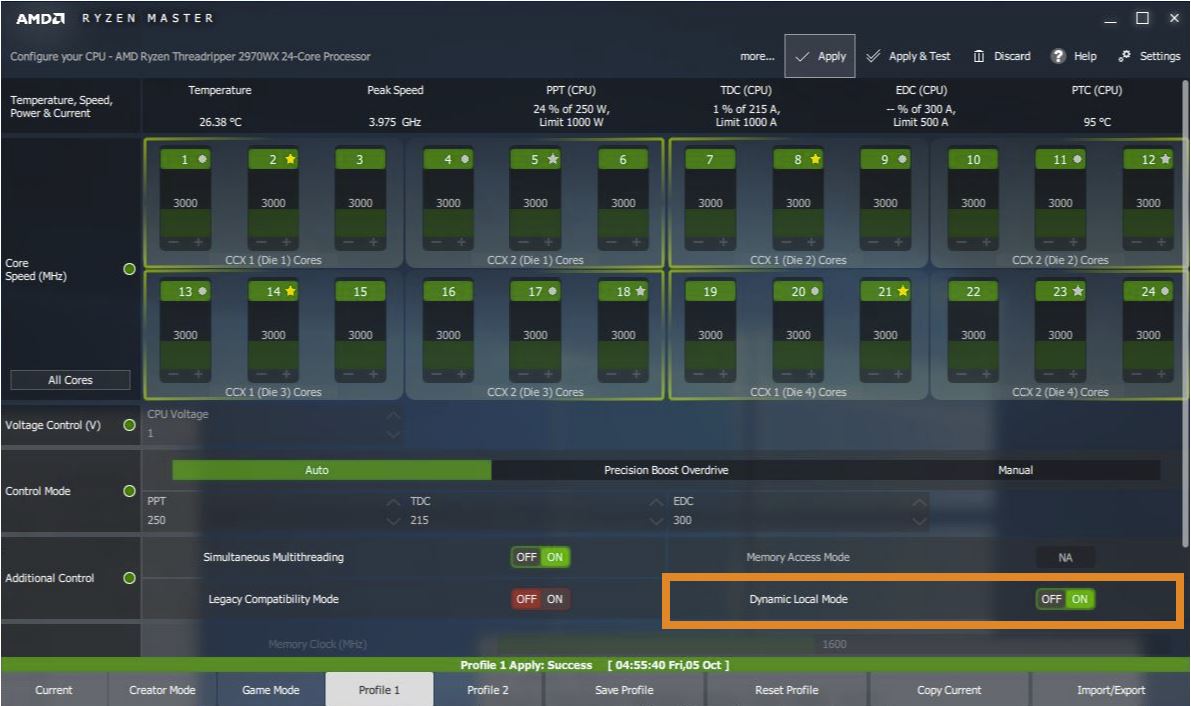
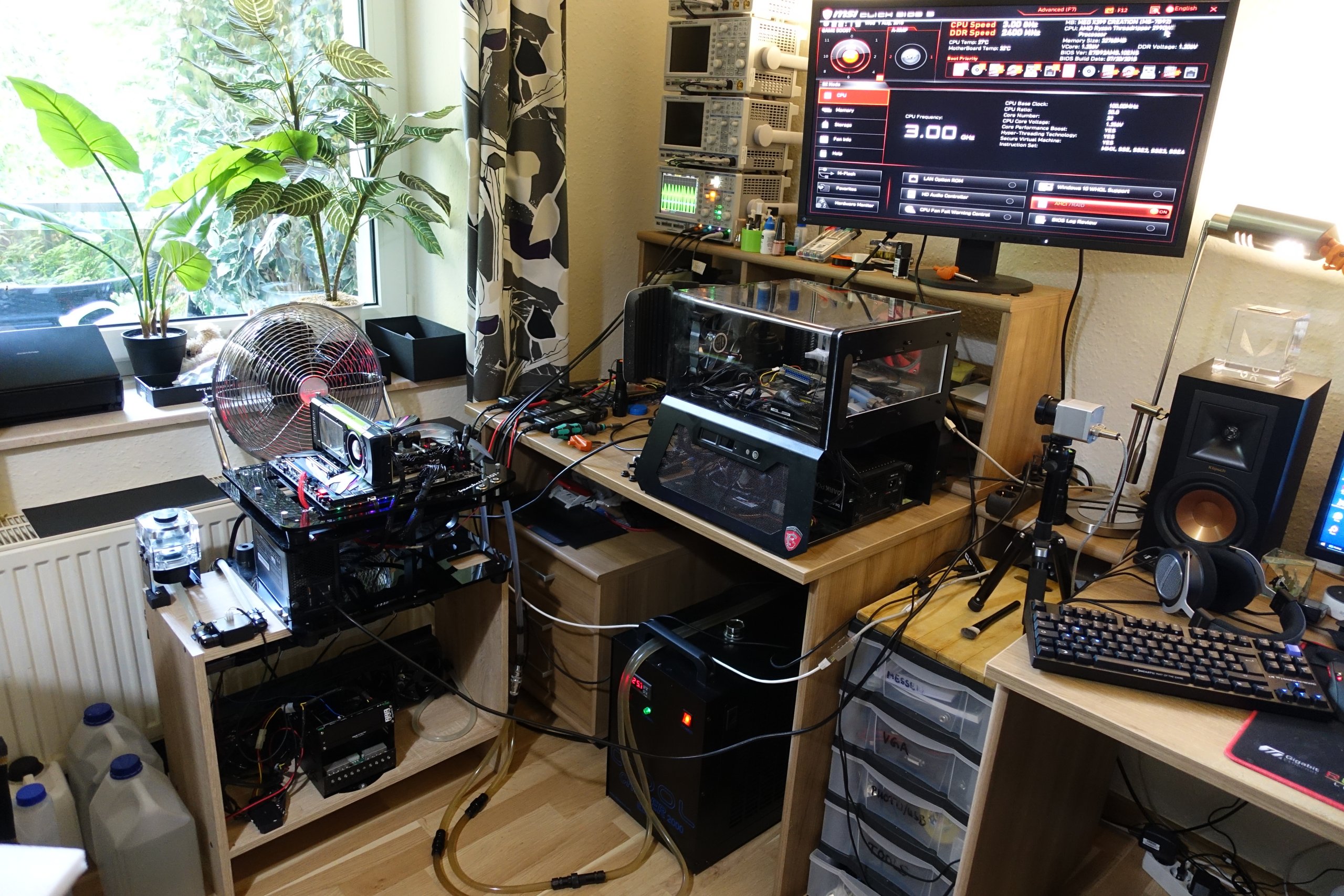
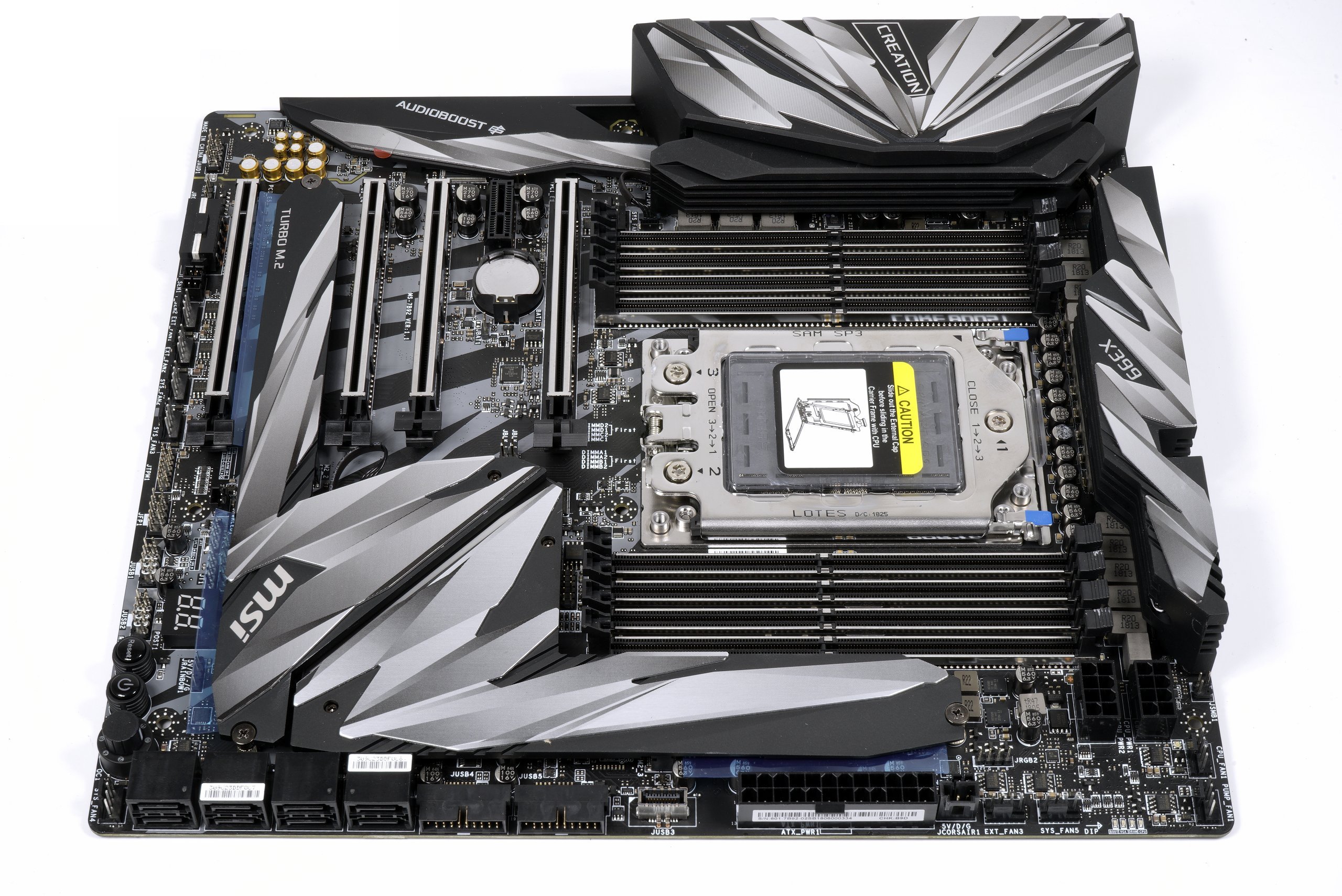

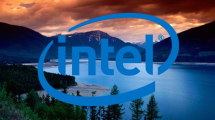


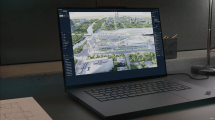












Kommentieren